This post is to show the type of images that can be obtained with an affordable USB microscope, similar to this one. The output image is 640 x 480 pixels, and the optical zoom is supposed to go from 50x to 500x. As the microscope has not adjustment for focus, for most of the samples I was able to focus them in unknown magnification settings, let's call them low- and high-zoom.
In the technical side, as the microscope is detected as a standard webcam, it is possible to use VLC to capture the images and video, see further instructions here. In Linux, VLC relies on Video4Linux which is part of the kernel since 2.5.x. Note, the V4L2 module in VLC requires ZVBI, thus you may need also to install this library.
Without further delay, these are the pictures from different objects at home:
Surface-mount device (SMD) LED
The real size is 3 mm by 1.5 mm
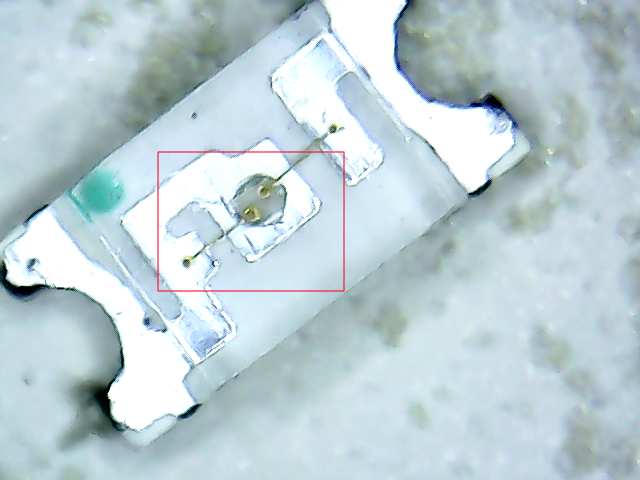 |
 |
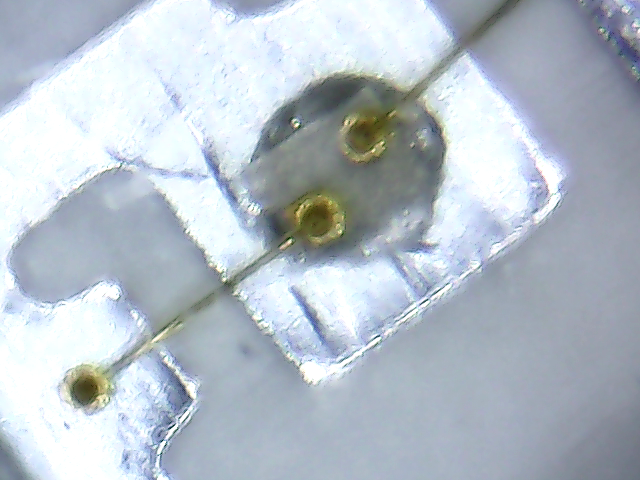 |
|---|---|---|
| Low zoom | High zoom | |
The 1-mm mark in a vernier caliper
For the low-zoom pic, there are 154 pixels between the center of the marks, a rough resolution of 6.5 μm per pixel. And for the high-zoom pic, there are 570 pixels, thus around 1.8 μm per pixel.
 |
 |
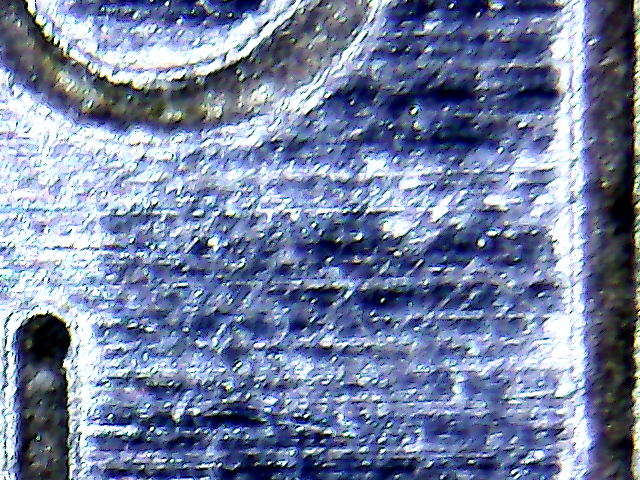 |
|---|---|---|
| Low zoom | High zoom | |
Fish fossil
It's common have a fossil of a fish at home, right?. The pictures correspond to the area near to the tail.
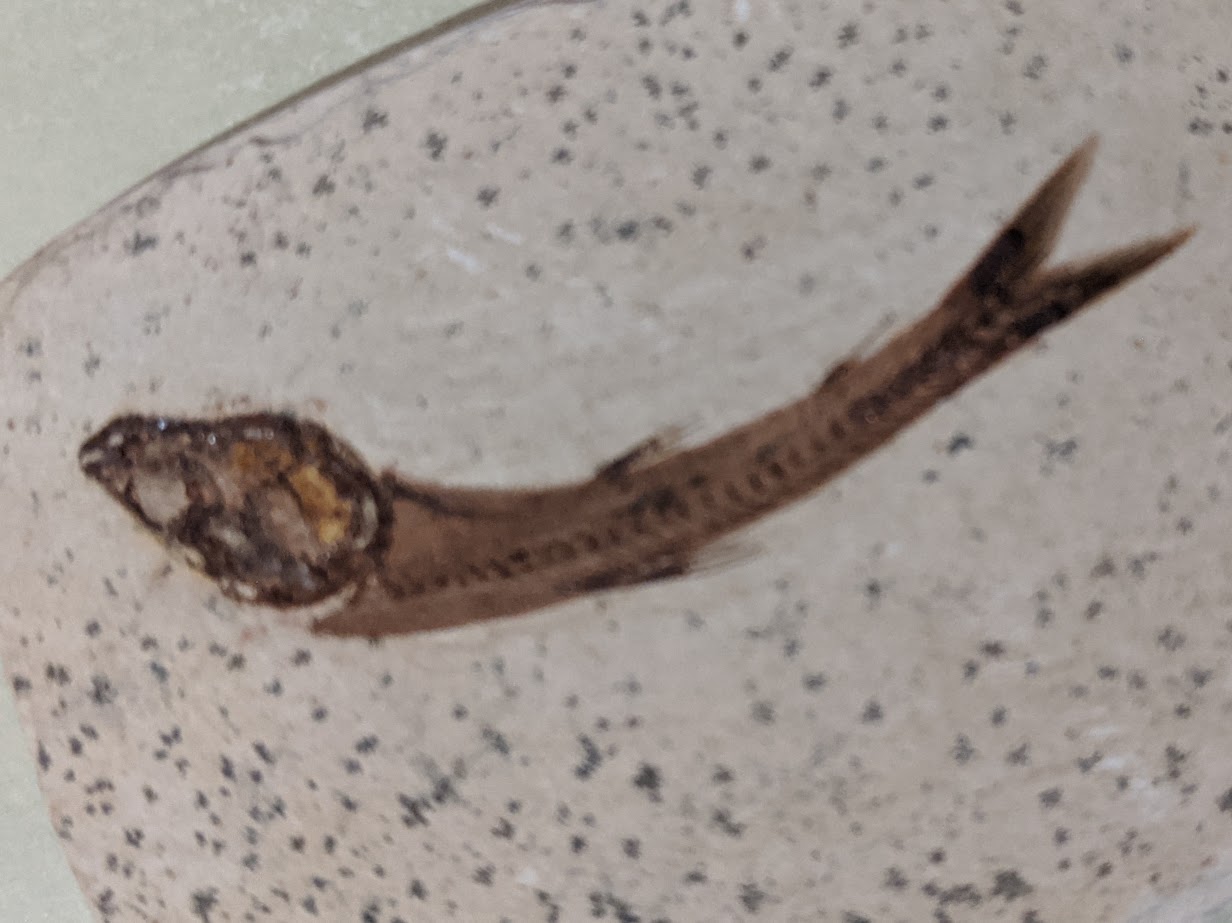
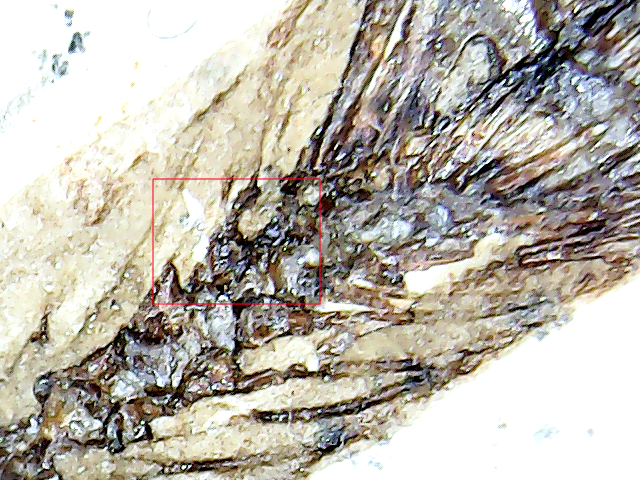 |
 |
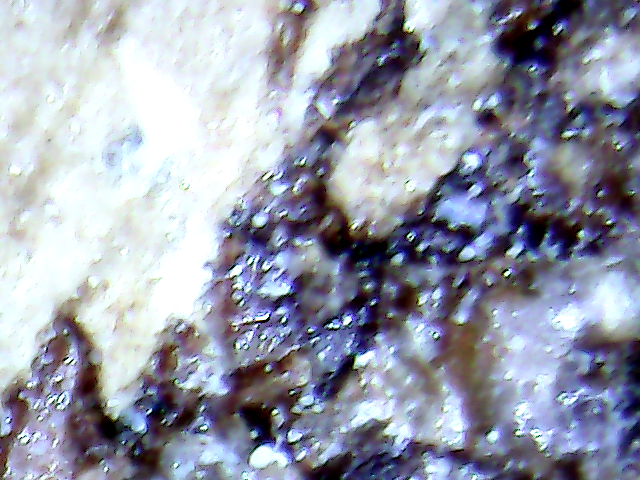 |
|---|---|---|
| Low zoom | High zoom | |
Display AMOLED (from Pixel 2)
The "1" was around 2-mm tall on the display.
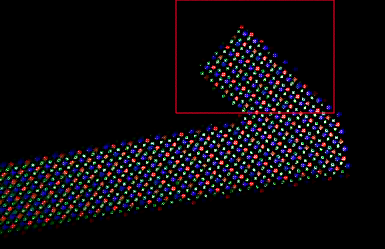 |
 |
 |
|---|---|---|
| Low zoom | High zoom | |
Escape mechanism
Lastly, a close-up video of the escape mechanism in a watch.



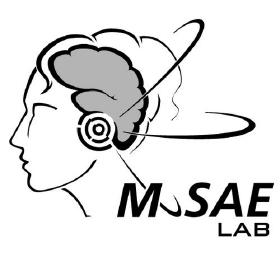
Comments
comments powered by Disqus